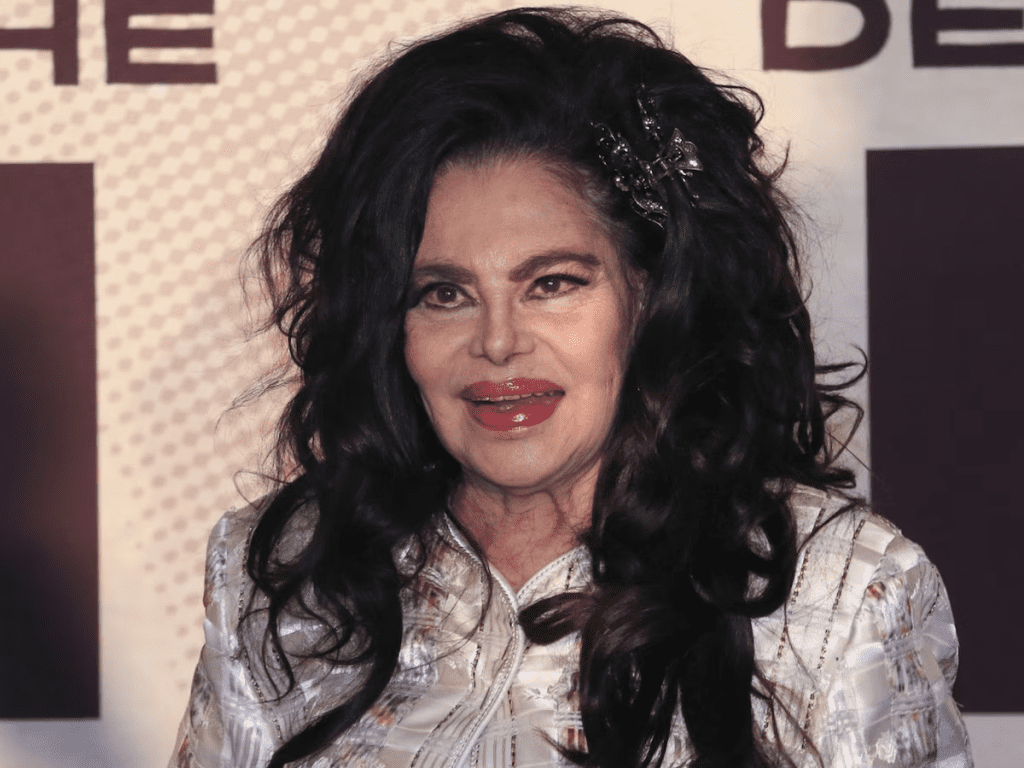A Star Who Set Every Stage Ablaze
Have you ever watched someone step into the spotlight and make the entire room hold its breath? That was Rossy Mendoza—a living flame who turned cabarets into her personal playground. With a body that could stop traffic and a presence that made even the shyest audience member lean in, she wasn’t just a performer; she was an experience. Born María del Rosario Mendoza Chávez on June 6, 1945, in Ixtlán del Río, Nayarit, Mexico, Rossy would become the unforgettable “goddess of the stage,” blending song, dance, and charisma into an irresistible show. Her story isn’t just about glamour; it’s about boldness, resilience, and a life lived on her own terms.
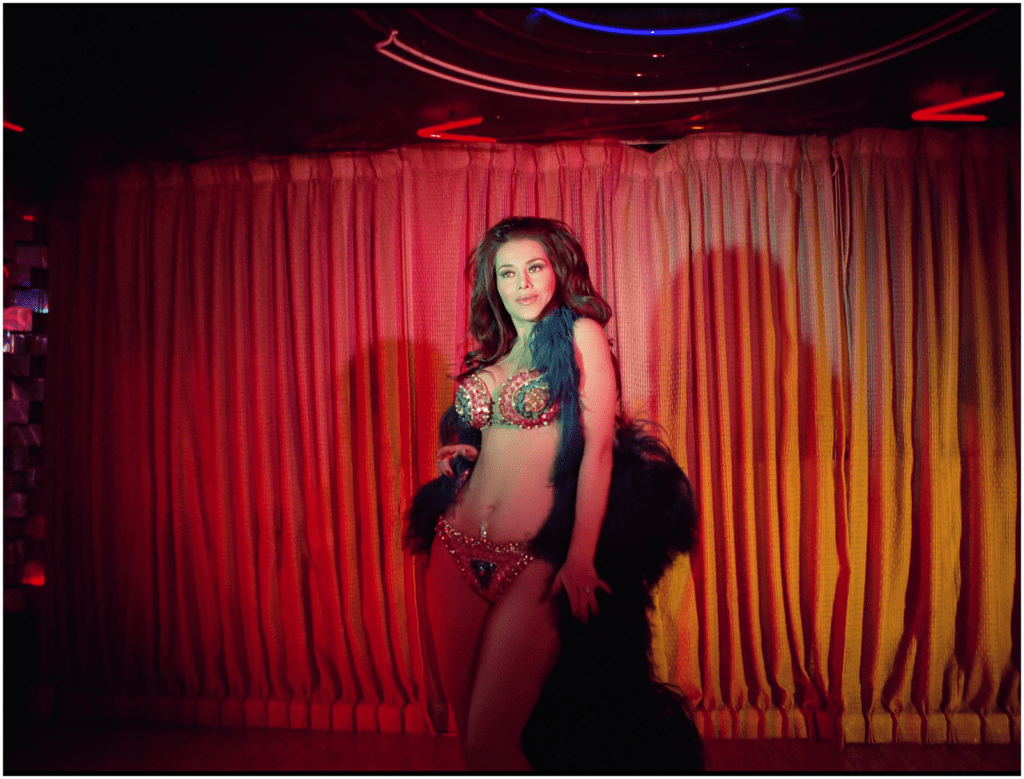
From Nayarit to Sonora: The Spark of a Future Icon
Rossy’s journey began in a small town where the rhythms of mariachi and folk music shaped her earliest memories. Her parents’ move to Ciudad Obregón, Sonora, when she was just nine opened doors to new sounds and sights. Even as a child, she was captivated by the movement of dancers at local fiestas, her wide eyes soaking in every swirl and step. For a while she studied at a strict boarding school in Guadalajara, but her free spirit couldn’t be contained. Sonora called her back, and with it came the first taste of the nightlife that would define her career.
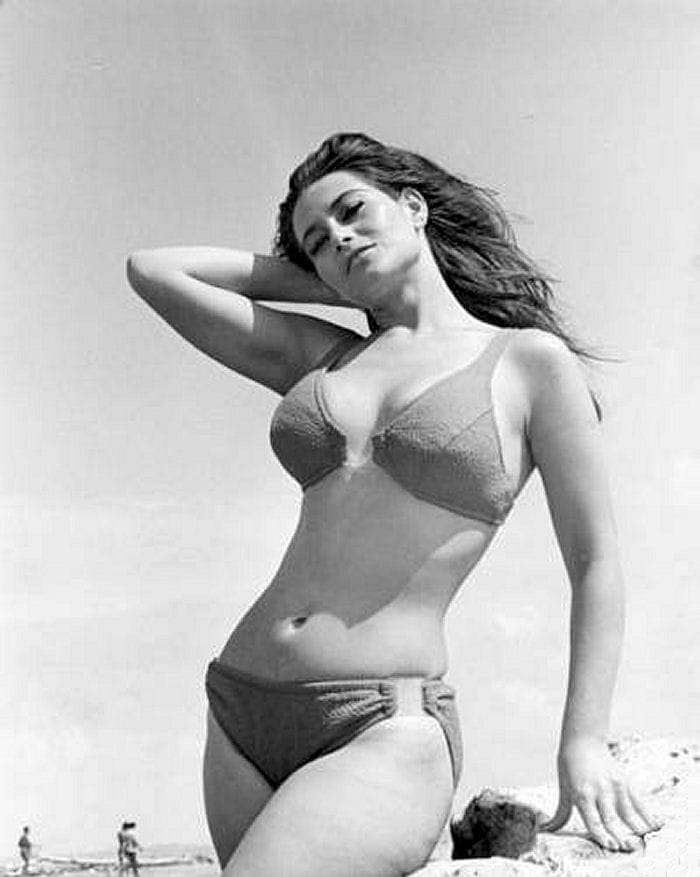
By the mid-1960s, a teenage Rossy was already testing her talents on the cabaret circuit. The venues were smoky and modest, the costumes often threadbare, but her natural magnetism was undeniable. Audiences were drawn to her slim waist and mischievous eyes, and soon even famed bandleader Dámaso Pérez Prado honored her with a mambo titled La Cintura de Rossy—“The Waist of Rossy.” For Rossy, talent wasn’t just a gift; it was a force that broke through barriers, turning every challenge into a stepping stone.
Video : Muere la vedette Rossy Mendoza a los 80 años en la CDMX | De Primera Mano
Bursting into the Spotlight of Mexico City
The 1960s in Mexico were electric with change, and cabarets were at the heart of it. Rossy Mendoza arrived in Mexico City like a lightning bolt. She wasn’t content to be just another dancer; she sang with a voice that wrapped audiences in velvet and delivered performances that balanced elegance with daring. By the early 1970s, she had joined the celebrated traveling revue La Caravana Corona, performing alongside stars like Juan Gabriel and Amalia Mendoza. Whether in small-town theaters or grand arenas, she stole every show, her blend of music and dance leaving audiences breathless.
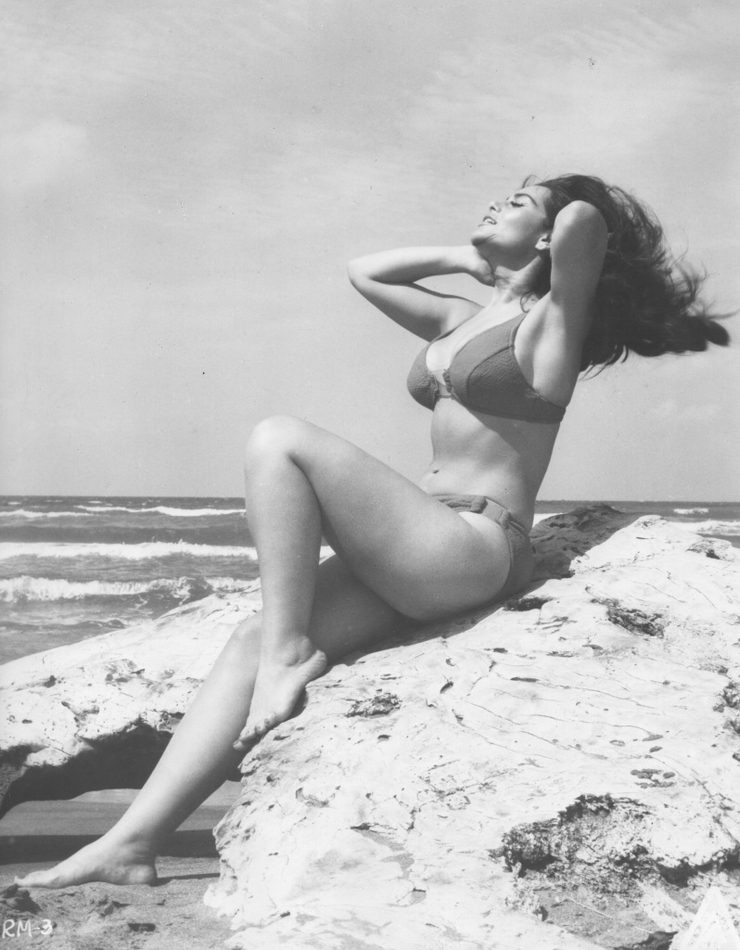
The famous Blanquita Theater in Mexico City soon became her second home. Draped in feathers and glittering costumes, Rossy transformed every performance into an event. Each song and every graceful hip movement felt like a declaration of freedom, a bold wink at the conservative norms of the time. In an era when women were often expected to stay in the background, Rossy seized the spotlight and owned it.
The Mambo That Made Her Legendary
When Pérez Prado composed La Cintura de Rossy, it wasn’t just a catchy tune—it was a tribute to her hypnotic movement and a symbol of her rising fame. The mambo played on radios across Mexico, etching her name into pop culture and making her an icon of the golden age of Latin vedettes. This was more than music; it was the sound of a woman turning her own life into legend.
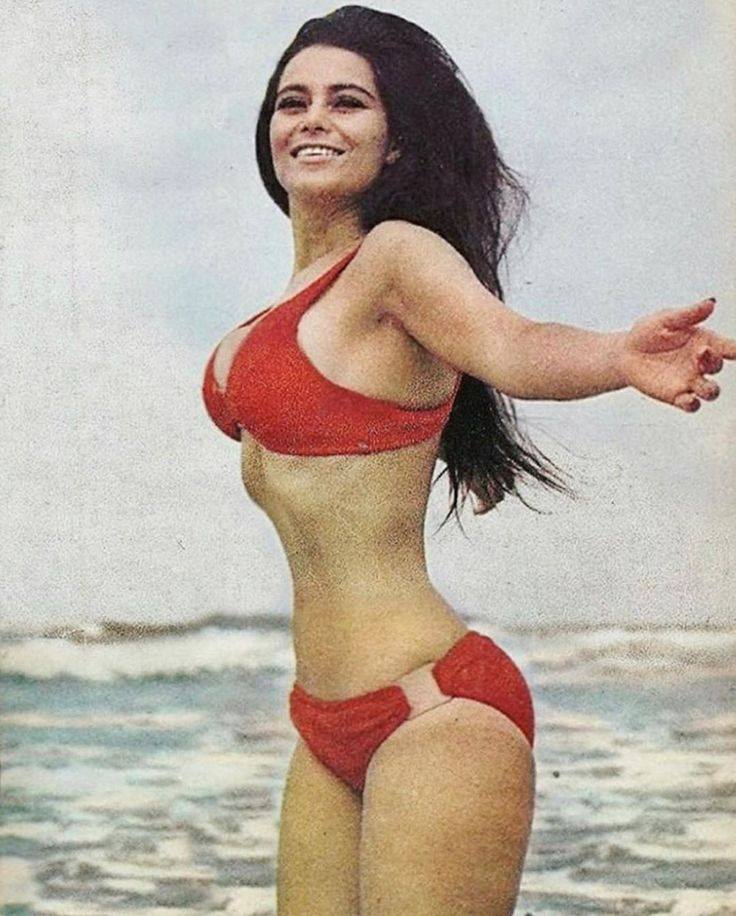
Conquering the Silver Screen
Rossy Mendoza didn’t stop at cabarets. The big screen called, and she answered with the same fire. She debuted in 1971 with films like Capulina Contra los Vampiros and quickly became a favorite in Mexico’s popular comedies and musicals. During the booming 1970s sex-comedy era—known for its cheeky humor and playful sensuality—Rossy appeared in over 50 films. She held her own alongside leading men like Vicente Fernández, Andrés García, and Jorge Rivero, often stealing scenes with her confident charm and sly sense of humor.
Movies such as La Llamada del Sexo and Santo vs. the Kidnappers showcased her talent for mixing flirtation with comedy, while films like Los Verduleros gave her the chance to play outrageous and unforgettable characters. Critics might have raised eyebrows at the genre’s playful edge, but audiences adored her. Rossy proved that she wasn’t just a dancer or a singer—she was a natural entertainer who could light up a screen as easily as she commanded a stage.
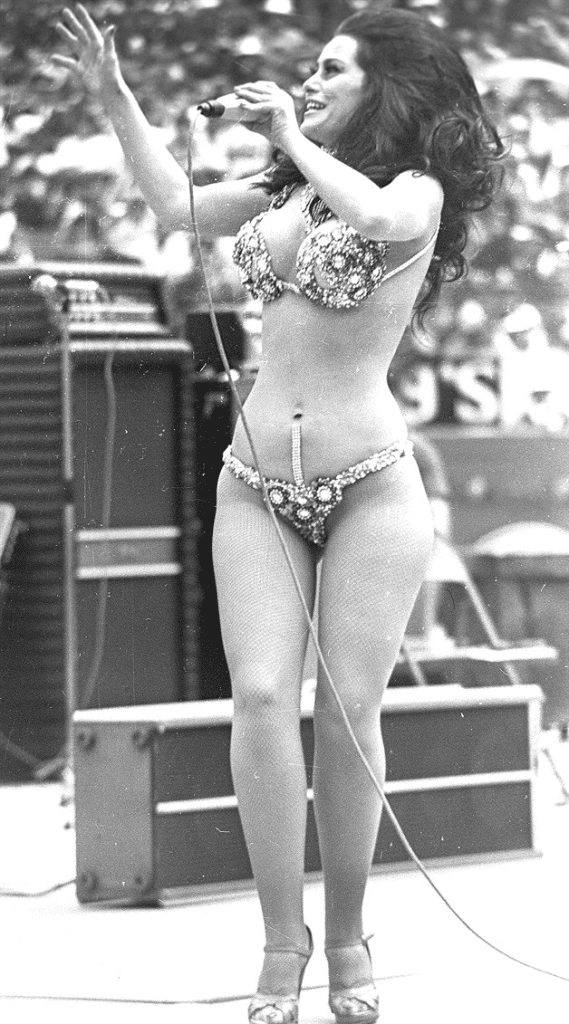
Facing Challenges and Fighting Back
Trends change, and by the late 1980s the golden era of cabarets had faded. But Rossy’s spirit never dimmed. She shifted to television appearances and stage revivals, and in the 1990s she faced one of her greatest personal battles: a cancer diagnosis. True to form, she confronted the illness with courage and resilience, emerging stronger and returning to the stage. Her 1993 performance at the Blanquita Theater alongside the legendary La Sonora Matancera reminded everyone that Rossy’s fire was still burning.
In 1999, she reunited with fellow vedette legends in the show Las Inolvidables de la Noche—a celebration of the women who defined an era of bold, unapologetic entertainment. Even as health issues occasionally forced her into the background, she remained a beloved figure and an inspiration to younger performers.
Video : Rossy Mendoza bailando
A Legacy Immortalized in Film and Memory
Rossy Mendoza’s life and career received a heartfelt tribute in the 2016 documentary Beauties of the Night by María José Cuevas. The film captured not only the glamour of the vedette world but also the grit and determination behind the glitter. Alongside fellow icons like Lyn May and Wanda Seux, Rossy shared her story with honesty and grace, proving that her legacy was more than just dazzling costumes and captivating performances—it was about strength, independence, and the power to reinvent oneself.
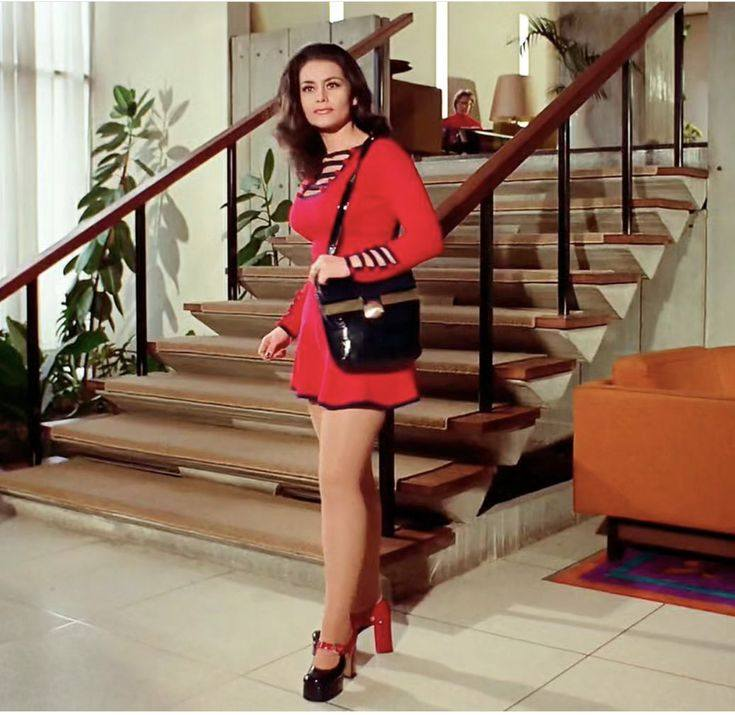
An Icon Forever Remembered
On December 29, 2023, Rossy Mendoza passed away in Mexico City at the age of 78. Fans, colleagues, and admirers across Latin America paid tribute to the woman who defined an era and inspired generations. Her influence lives on in the rhythms of Latin pop, in the daring performances of today’s artists, and in every dancer who steps onto a stage with confidence and fire.
Conclusion
Rossy Mendoza’s life was a dance of passion and courage, a story of a woman who refused to be defined by limits. From a little girl in Nayarit dreaming of music to an international star who conquered cabarets and cinema, she embodied the spirit of freedom and boldness. Her performances weren’t just shows—they were celebrations of life and self-expression. Today, her legacy continues to inspire anyone who dares to stand in the spotlight and burn brightly. Rossy Mendoza proved that true icons never fade; they keep glowing in the hearts of those who remember their magic.
